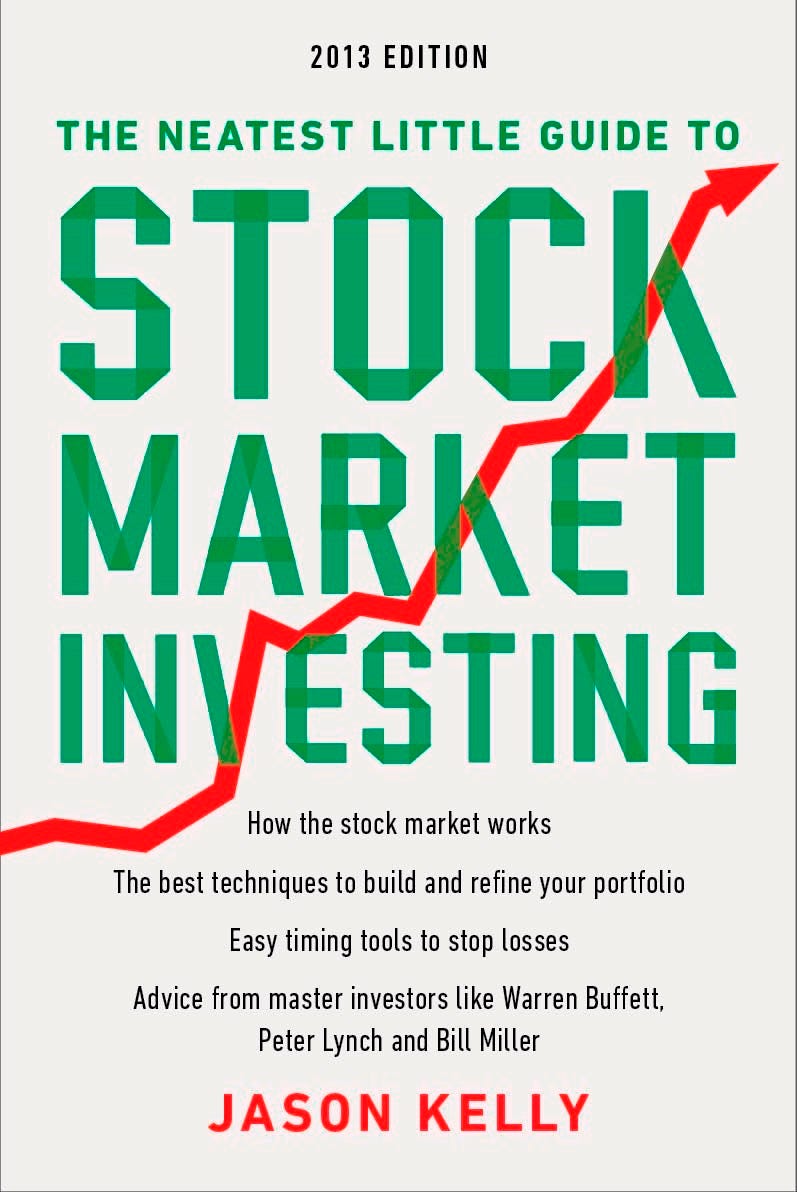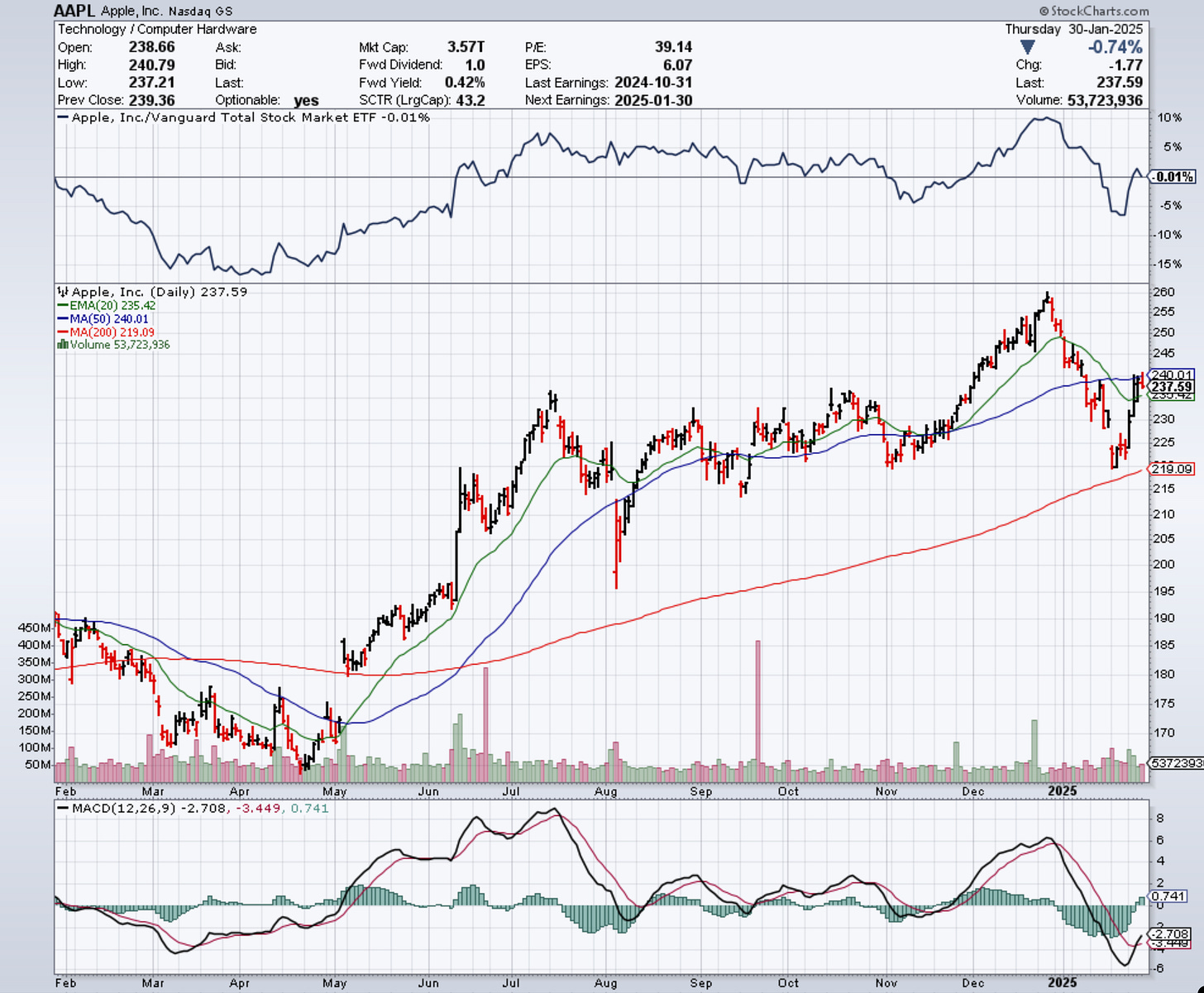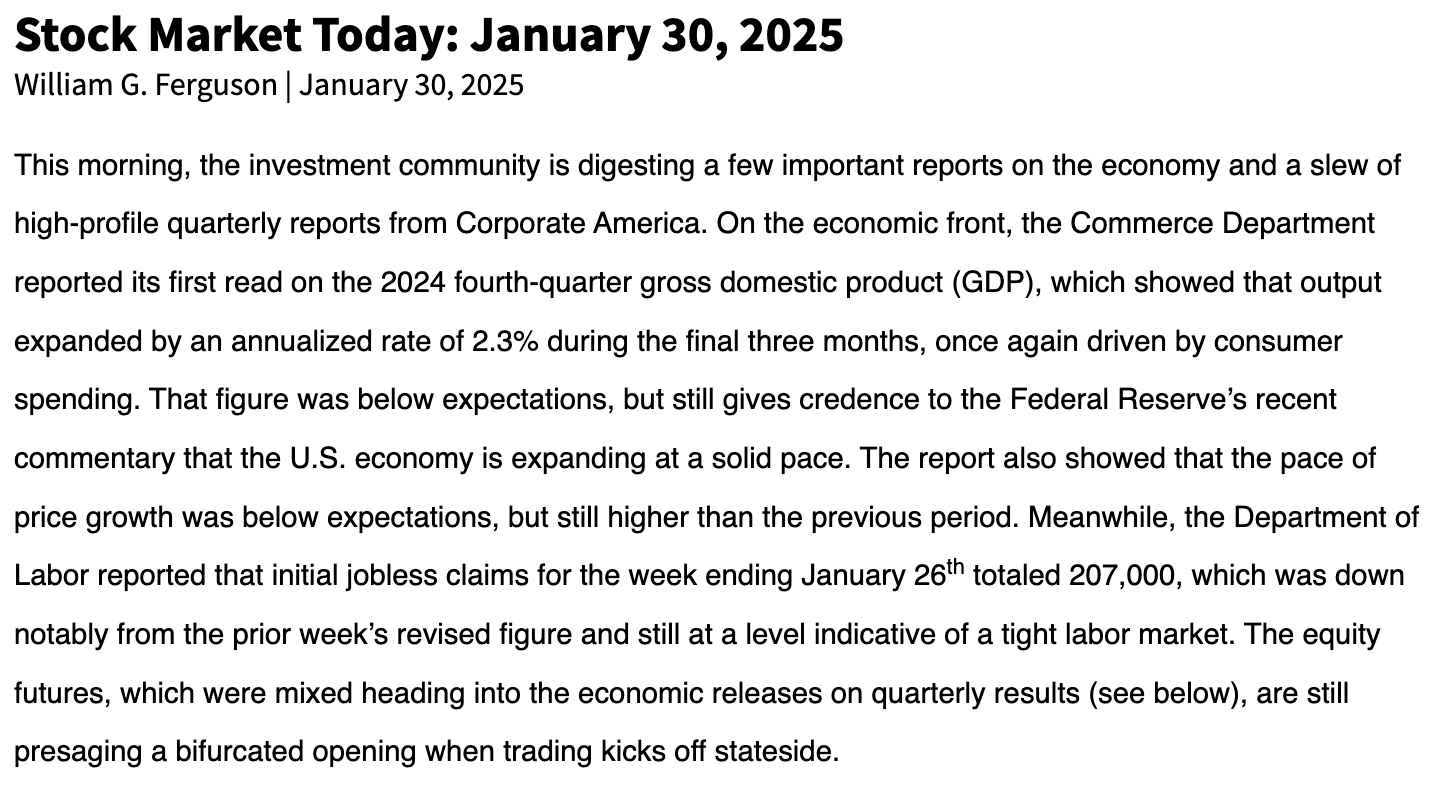Research to Riches, Part 7
The Internet.
This is Part 7 of a 7-Part Research-to-Riches series:
Part 1 — Financial magazines
Part 2 — Financial newspapers
Part 3 — Newsletters
Part 4 — Value Line
Part 5 — Companies themselves
Part 6 — Stock Screeners
Part 7 — The Internet (you are here)
“The Internet” section of Chapter 6 in The Neatest Little Guide to Stock Market Investing opens as follows:
What started as a gathering of investors under a buttonwood tree in lower Manhattan turned into the New York Stock Exchange. To trade, you had to be there. Then the telephone came around and people could call their orders in. Now, a successful investor can go his or her entire life without ever seeing Wall Street. Nothing represents everyman’s worldwide access to the markets better than the Internet.The chapter presents fourteen summaries of “the best investment sites I know,” most of which are still going strong, validating their worth.
Let’s dig deeper in search of specific tools that will make your investing life easier.
Charting
The two charting sites profiled in the book are BigCharts.com and StockCharts.com. The latter has grown significantly and now leads the field. From complex charts to simple ones, it has you covered. Here’s a chart of Apple in the site’s default style:
Too cluttered? I think so. Luckily, StockCharts offers controls for creating your own style. This is mine:
TradingView is also popular, offering a chart style like this:
You’ll find good charting tools at FINVIZ, Google Finance, Yahoo! Finance, and many other places.
Wherever you go, beware the trap of thinking charts can forecast the future. They can’t. They basically tell you that stocks are rising when they’re rising and falling when they’re falling, just like every other fancy metric bandied about.
To wit, notice the striking similarities in the three sections of the first StockCharts example above. If all three lines draw the same pattern, what use are the ones that aren’t just price? Keep it simple.
Analysis & News
You already know what this category offers, and can probably name off the top of your head the leading brands. You don’t need to learn from me about a little financial rag called The Wall Street Journal, for instance. So, rather than slog through the who’s who of financial journalism, I’m going to hone in on key features you might not know about that can make your life easier.
Just the Headlines
Cluttered home pages are frustrating when all you want are the big hits. “Just the headlines, ma’am.”
When that’s your mood, stop by the Barron’s Real-Time Analysis aggregator. It’s so real time it shows you how many minutes ago a story appeared rather than a traditional date, along with how long it will take you to read the story:
Stories linked at Barron’s are from its reporters, with occasional links to other fare from Dow Jones & Company, the owner of Barron’s, MarketWatch, and The Wall Street Journal.
For a wider net, swing by the News tab at FINVIZ for financial headlines from numerous sources alongside blogosphere commentary:
Market Previews
You’ll find good daily previews of the market at Briefing.com and Value Line.
Many investors start their days with Briefing.com’s Page One overview ahead of the bell. Here’s the opening of its January 30 report:
Another worthy preview contender is Value Line’s Stock Market Today. Here’s the opening of its January 30 report:
Managing the Maelstrom
I hope you’ve enjoyed and benefited from this seven-part Research to Riches series. We’ve covered a lot of ground, and there’s even more in the book.
How to manage it all?
I recommend reviewing the various tools at your disposal, drilling down to specific parts of websites, and bookmarking exactly what you need. Then, develop a routine of checking in on a set frequency. This enables you to discern the big picture without falling into the well of infinite clickbait. Note where duplication occurs and try to filter it out of your routine. You don’t need twelve stories telling you the same thing. One in your preferred style will serve you better.
In this age of information abundance, subtracting is more useful than adding. Find what works for you and make it easy to use.











